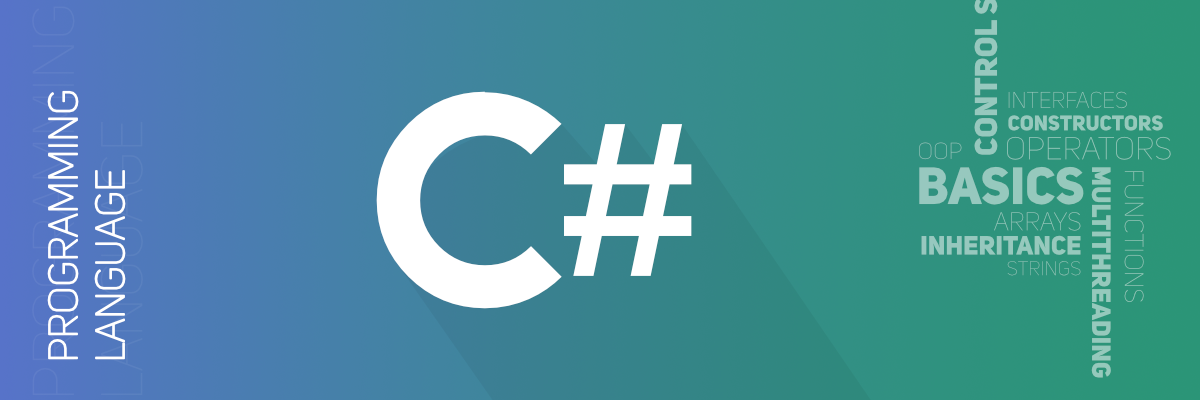To learn how to create interesting and potentially popular applications, you need certain knowledge. In particular, it is necessary to master modern programming languages, understand their structure, study standards, and basic agreements. The efficiency and quality of your software solutions directly depend on how much you succeed in the learning process. But it can be extremely difficult to start learning something new. Even harder is not to quit learning a programming language halfway, as it is boring, difficult, and generally not clear. On the one hand, it is possible to code in the old fashioned manner on what has been mastered. But this is a sure way to lag behind life and be out of work as a result! A programmer must not stop learning. And for beginners even more so, you need to master the skills of quickly learning new languages. We will tell you how to organize the learning process and make it as productive as possible in this article.
Step 1. Learn the Basics
It is necessary to start learning any language from the basis – without this, it will not be possible to quickly learn complex things. It is the same in programming languages: when you decide what you want to do, and choose a language to learn, you will need to dive into things like functions, variables, constructs, data arrays. The sooner you understand how this works in principle, the easier it will be in practice.
It is important not to apply to many languages at once because they are different. When it turns out that you mastered the first language at the Junior level, you can start the second if you think it is necessary. Otherwise, you risk becoming an eternal student. If you need help or a good example, you can contact c # homework help https://assignmentshark.com/c-sharp-homework-help.html. This will be a clear direction for you and you will know where to start.
Step 2. Select a Program that you will Really Use
No need to even try to do something complicated right away. Look at the situations you are facing. For example, you do not have enough program for notes – write it. Or you want to automatically post notes on your Twitter account – do it. The main thing – do not think that you are now embarking on a billion-dollar project. The startup is still waiting for you, but not now. The program should be the most ordinary.
Step 3. Finally, Buy a Good Tutorial
Read textbooks, do exercises, study others, and write your own case studies. Experiment with the language, for example, try to implement paradigms unusual for it. A useful exercise will not only help you better feel the language, its advantages, and disadvantages but also lead you to the right thought – there are no universal languages. There are languages that are well or poorly designed.
Step 4. Transfer Examples from Another Language to C #
Another good way to better understand the language is to port the case studies or a real program from another language to it. Compared to developing a program from scratch, when porting, you already have a sample before your eyes, and you can completely focus on the language, and not on architecture and design. Unlike many of my colleagues, I personally do not consider porting a boring task.
Step 5. Make Full Use of Resources
As we said above, it is impossible to learn a language completely, and it will take some time to understand the principles of its work. Try to approach the new subject comprehensively, for example, combining online courses, lectures, articles, books. The advice may seem strange, but with a responsible approach to classes at open webinars, you can learn rare and useful things that you are unlikely to find in books.
Step 6. Start Writing the Program Right Away
Neither tomorrow, nor in six months, but right today. At the level of knowledge that you now have. Just write the text and start to compile. You may object: “But I don’t even know what compilation is?” Great, it’s time to find out what is it. Do not expect the perfect code. Write a non-perfect, but working code. Remember: first – the result, and then – optimization.
Step 7. Do Not be Afraid to Make Mistakes and Ask Questions
One of the biggest problems novice programmers have is the fear of asking questions. Of course, we all want to look like cool professionals, especially in the professional community. But what if you really find yourself in a stupor and do not understand where and what is your mistake? Don’t be afraid to ask experienced colleagues questions.
Step 8. Test your Code
You definitely need to know how this or that functional works. And if your friends also understand this, send the program to them. Let them also become beta testers and generators of ideas.
Step 9. Practice
Try to follow this technique: when the most minimal knowledge has already been obtained, only 20% of the time should be spent on learning new ones, and 80% on honing the studied ones, developing real applications.
Step 10. Love Programming
If you learn a programming language to become a programmer, you really should think three times during your studies or before: do you really want to do this? Your whole life? Without a love of programming, you are unlikely to become a good programmer.
